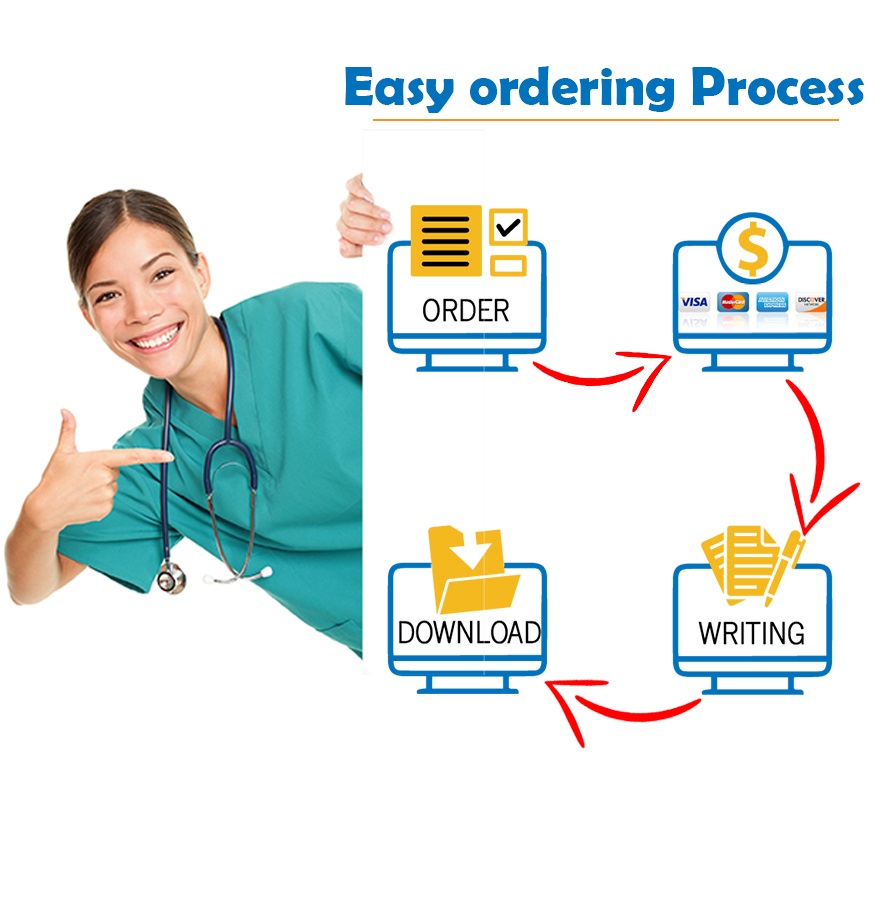Health Information Patient Handout
Assignment: Health Information Patient Handout
One of the pivotal goals of consumer health literacy efforts is to design educational materials that attract as well as educate users. In this Assignment, you design a health information document on a topic that is of interest to you.
To prepare:
- Select a health issue of interest to you.
- Identify the audience or population that you seek to educate about this issue.
- Search the Internet to find credible sites containing information about your selected topic.
- Review the two health literacy websites listed in this week’s Learning Resources. Focus on strategies for presenting information.
To complete:
- Design an educational handout on the health issue you selected.
- Include a cover page.
- Include an introduction that provides:
- An explanation of your issue and why you selected it
- A description of the audience you are addressing
- In the handout itself:
- Develop your handout in such a way that it attracts the attention of the intended audience.
- Include a description of the health issue and additional content that will enhance your message (i.e., key terms and definitions, graphics, illustrations, etc.).
- Recommend four or five sites that provide clear, valuable, and reliable information on the topic.
Note: Remember to keep the information in your health handout and its design at the appropriate level for the audience you are seeking to inform. Submit your Assignment as a Word document.
This week we will discuss the security of health care records and the protection of patient privacy. You will analyze the nurse’s responsibility to protect patient information and the extent that Health IT has made it easier or more difficult to protect patient privacy. You will comment on any security or ethical issues related to the use of portable devices to store information. You will also assess the strategies your organization uses to safeguard patient information and how these promote a culture of safety. You will describe an area where improvement is needed and one strategy that could address the situation.
NURS 5051/6051: Week 11, Application Assignment Rubric
Required Readings
McGonigle, D., & Mastrian, K. G. (2015). Nursing informatics and the foundation of knowledge (3rd ed.). Burlington, MA: Jones and Bartlett Learning.
- Chapter 17, “Supporting Consumer Information and Education Needs”This chapter explores health literacy and e-health. The chapter examines a multitude of technology-based approaches to consumer health education.
- Chapter 18, “Using Informatics to Promote Community/Population Health”In this chapter, the authors supply an overview of community and population health informatics. The authors explore a variety of informatics tools used to promote community and population health.
- Chapter 16, “Informatics Tools to Promote Patient Safety and Clinical Outcomes”The authors of this chapter present strategies for developing a culture of safety using informatics tools. In addition, the chapter analyzes how human factors contribute to errors.
Health literacy: How do your patients rate? (2011). Urology Times, 39(9), 32.
Retrieved from the Walden Library databases.
The authors of this article define health literacy and emphasize its poor rates in the United States. Additionally, the authors recommend numerous websites that offer patient education materials.
Huff, C. (2011). Does your patient really understand? H&HN, 85(10), 34.
Retrieved from the Walden Library databases.
This article defines hospital literacy and highlights the barriers that prevent it from increasing. It also emphasizes the difficulties created by language and financial costs.
The Harvard School of Public Health. (2010). Health literacy studies. Retrieved from http://www.hsph.harvard.edu/healthliteracy
This website provides information and resources related to health literacy. The site details the field of health literacy and also includes research findings, policy reports and initiatives, and practice strategies and tools.
Office of Disease Prevention and Health Promotion (n.d.). Health literacy online. Retrieved June 19, 2012, from http://www.health.gov/healthliteracyonline/
This webpage supplies a guide to writing and designing health websites aimed at increasing health literacy. The guide presents six strategies that should be used when developing health websites.
U.S. Department of Health and Human Services. (n.d.a). Quick guide to health literacy. Retrieved June 19, 2012, from http://www.health.gov/communication/literacy/quickguide/Quickguide.pdf
This article contains an overview of key health literacy concepts and techniques for improving health literacy. The article also includes examples of health literacy best practices and suggestions for improving health literacy.
Required Media
Agency for Healthcare Research and Quality (Executive Producer). (2012a). Interview with Rachelle Toman, M.D. Ph.D. Rockville, MD: Author. Retrieved from http://www.ahrq.gov/patients-consumers/patient-involvement/ask-your-doctor/videos/clinician06/index.html
In this interview, Dr. Toman discusses the importance of asking patients questions to ensure they have been able to sufficiently communicate their concerns.
APA FORMAT
Do you need a similar assignment done for you from scratch? We have qualified writers to help you. We assure you an A+ quality paper that is free from plagiarism. Order now for an Amazing Discount!
Use Discount Code "Newclient" for a 15% Discount!
NB: We do not resell papers. Upon ordering, we do an original paper exclusively for you.


